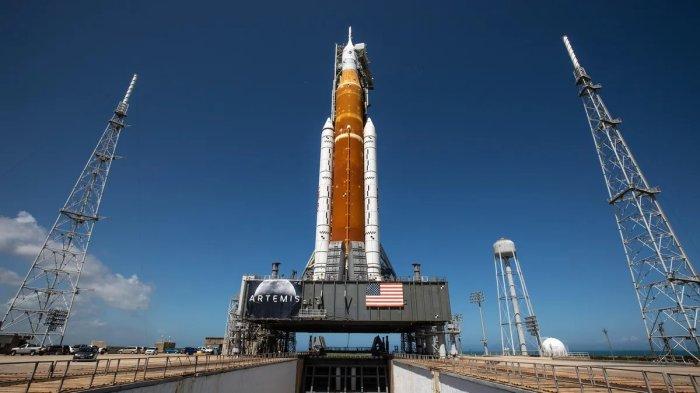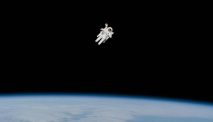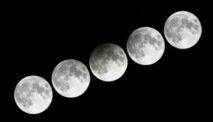Diksia.com - NEW YORK, The United States Space Agency (US) NASA has announced the four astronauts who will make up the crew of the Artemis II mission on a ten-day mission around the moon, expected to return in late 2024.
The announcement came shortly after the White House unveiled NASA’s budget proposal.
According to the Russia Today website on Tuesday (4/4/2023), this crew consists of Commander Reid Wiseman, Pilot Victor Glover, Mission Specialist Christina Koch, all three from NASA, and astronaut Jeremy Hansen from the Canadian Space Agency (CSA). also have mission expertise.
“Among the crew are the first women, the first people of color and the first Canadians on a lunar mission, and these four astronauts will represent humanity at its best as they explore for the benefit of all,” said NASA Space Director Johnson. Center, Vanessa Wyche in Houston, Texas.
Meanwhile, CSA Minister Francois Philippe Champagne said Hansen’s presence on the mission was very important.
“Hansen’s participation is not only a crucial part of our history in space, but also a testament to the close friendship and partnership between our two countries (the United States and Canada),” said Champagne.
It should be noted that during the Trump presidency, the Artemis program was conceived as a continuation of the Apollo moon landings of the 1960s and is named after the female twins of the Greek gods.
The original goal was to send US boots to the moon by 2025, but that hope was dashed by a lack of funding from the US Congress and changes in the White House.
US President Joe Biden’s administration has also shifted its focus to diversity and inclusion, but is going ahead, citing challenges from China.
After several delays, Artemis I was launched in December 2022 and successfully orbited the moon unmanned.
Artemis II then wanted to mimic the 1968 Apollo 8 mission by “orbiting the moon,” as NASA described it, for ten days.
Unlike the Apollo program, which focused on lunar flight, Artemis was more ambitious.
NASA wants to build a space station in lunar orbit that will serve as a transfer point for future missions, and establish a base in the southern polar region where water ice can be used to support human life and make rocket fuel.






